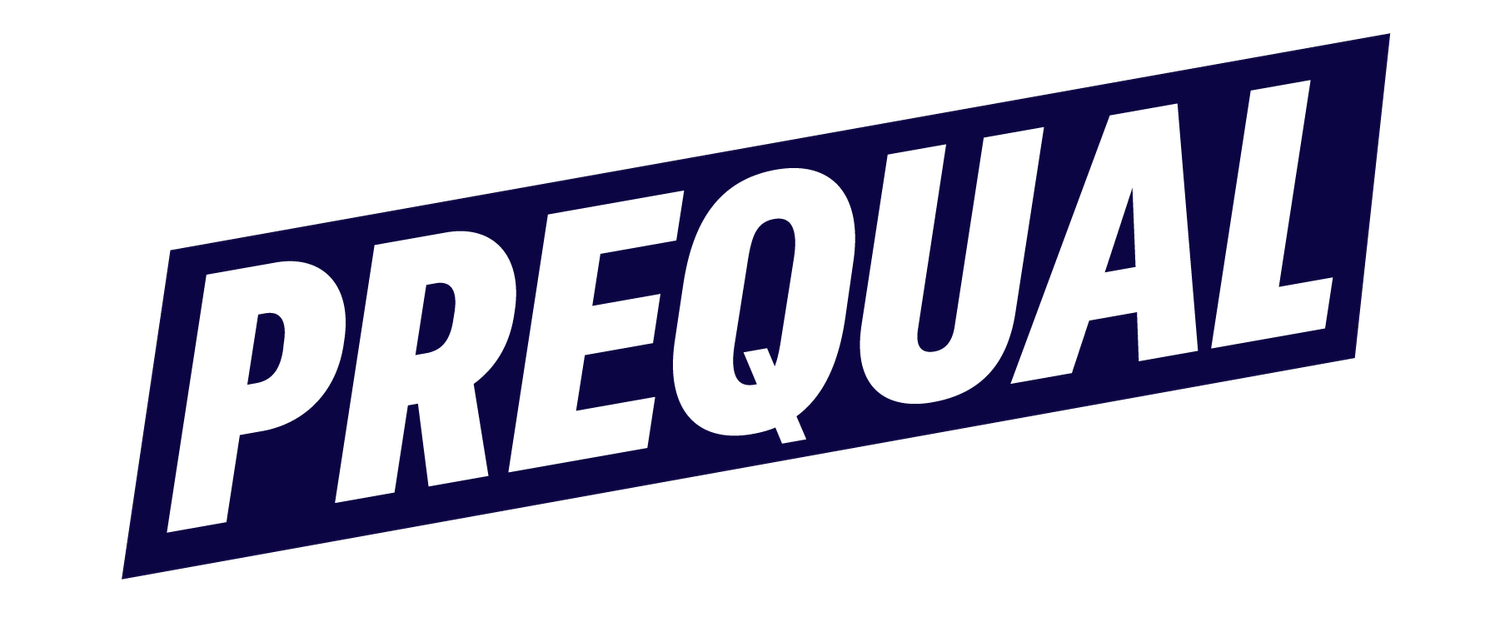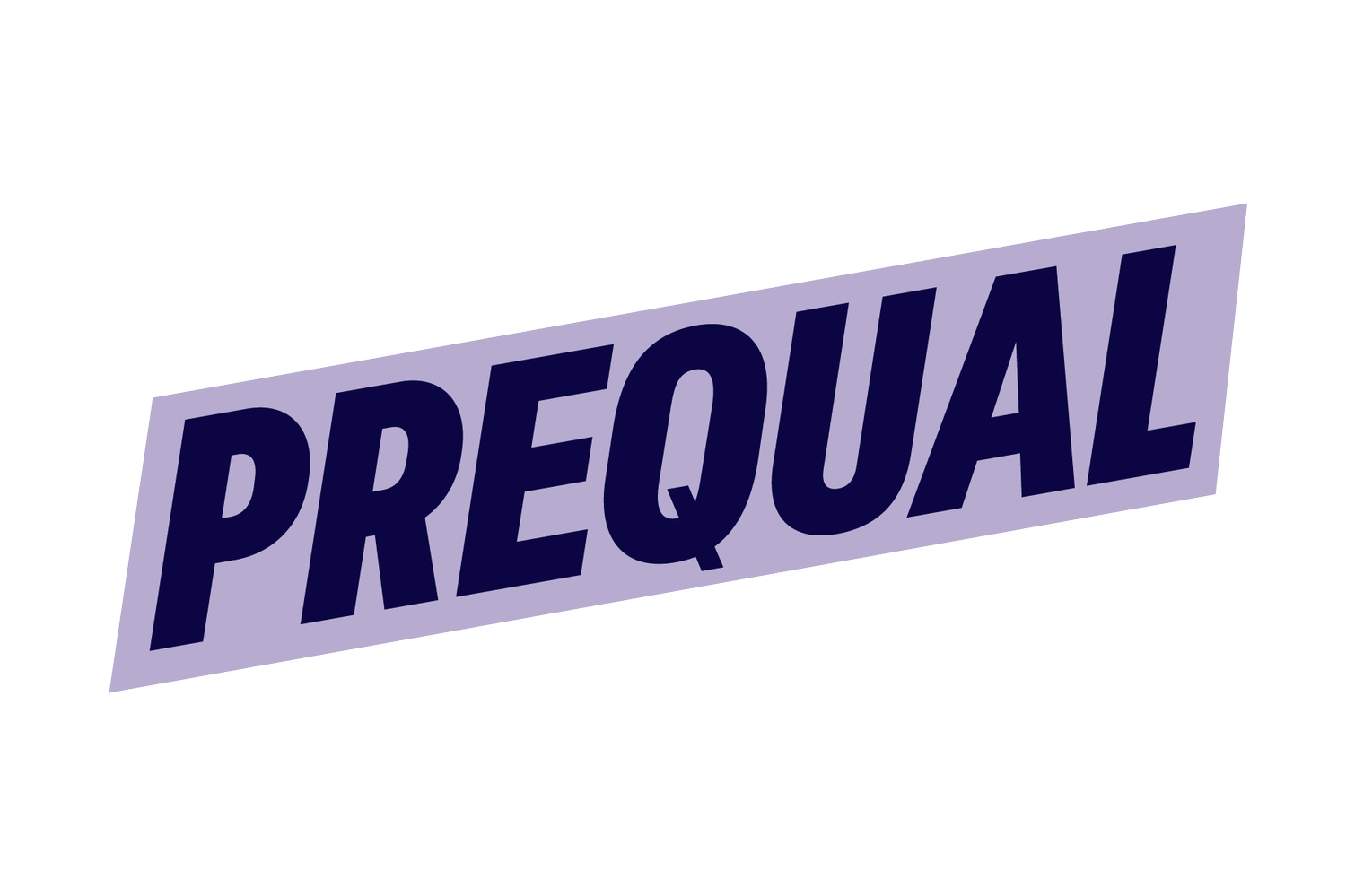The Role of Pricing, Budgeting, and Billing in Your CX Program
Ultimately, the discussion and exchange of money is a given. It happens in every business relationship, so why not perfect it? What better way is there to achieve the best of CX?
With any CX program, pricing, budgeting, and billing are critical to success, yet strangely in most services industries, also the most underdeveloped. Service providers get the idea that their invoice is the “bad news” they must send out at the end of the month, so the subject often gets consigned to the back office.
It should not be. The steps in billing help you engender the most coveted outcome of CX: the trust that makes a productive, long-term relationship possible.
Your working relationship with a client has produced good things, which makes your invoice anything but bad news. The invoice is where you can share and celebrate what you accomplished together.
We will show how the exchange of invoices and payments does not have to be a sore subject. In terms of producing those moments of delight that separate you from your competition, the client’s experience with billing and payments can and should be optimized, and this list provides some excellent ways to do it.
Pricing
Pricing is the process of determining what we will get in exchange for our services. Setting a price is also the first moment you give your word to the client that you will perform to their expectation and the first metric you apply to production and profitability. When your client receives the invoice and sees that the price matches what you told them, they get the answer to the question that keeps them awake at night: is what I’m getting worth what I’m giving? Here’s how, at the pricing stage, to make sure that answer is always a resounding YES.
Clients buy based on their emotions.
Then they justify that decision rationally. For instance, let’s say a beverage company is looking for a law firm to handle trademarks for a new line. A team of decision-makers must review proposals from three firms. One evaluator likes how one proponent delicately mentioned a scandal they weathered last year about a conspicuous lack of minorities represented in their advertising. As the head of marketing, the scandal is a sore spot for him, and he got the feeling that this firm was the only one that really understood what they went through. Even though all three proposals were otherwise even, he proceeds to look for whatever he can find in the “scandal-compassionate” firm’s proposal to justify his preference for them. He shares that rationale with the rest of the evaluation team and tries to sway them based on his argument.
As the service provider, you’ve got to speak both languages: “emotion” and “rationale.” Whether you are invoicing by project, a flat fee, hourly, or by retainer, the increments of payment must be matchable with the results you expect to produce. The most effective way to become “bilingual” is to provide options. Give them a list of deliverables available to them inside your working relationship and provide the sense that you are fashioning a work package collaboratively. This will not only give you a glimpse into what resonates emotionally and rationally with the client. It will also engender confidence in your word and your ability to deliver.
Use transparency to your advantage.
In other words, tell clients exactly what goes into the cake you’re baking for them. Explain why it will taste delicious. This helps them connect the emotional and rational dots for themselves.
Avoid negotiating discounts upfront.
Instead, negotiate guarantees. You determined carefully what your clients should pay for what you’re delivering. Willingness to reduce that price might suggest that you aren’t entirely confident in the value of your services. For that reason, when you remain firm on the numbers, your client will respect the price more. That will set a better standard and expectation for your relationship going forward.
Budgets, Progress Reports, and Statements of Work
Budgeting is the stage at which you will begin making good on your brand promises, and it must be a collaborative process. During budgeting, you and your client will establish an agreement on everything that will keep the work progressing and the gears of your relationship oiled. Help the client reconcile their increments of investment. In other words, determine together how the statement of work will advance to completion with every phase and every invoice that your client receives from you. The client will come to know you as a professional who does what you say you will do. Consider creating project plans and budgets directly with your client – you’re going to be working together on this project, and with cooperation, there is no time like the present.
Budgeting also is the most important step in reducing later uncertainty. When you and your client have agreed on a template for measuring progress, use that template without fail throughout the engagement. The template should be immediately recognizable to the client when they open the email. Provide the agreed timescale correlated to the agreed budget. Scope creep? What scope creep? With an intuitive template, the client has participated in designing, it won’t be an issue.
Make sure you also incorporate in the template a way to identify what is NOT included in the scope. Nothing induces client anxiety quite like a long list of unknowns, so you don’t want anything left to the imagination. Finally, consider also allowing in the template instants for inviting feedback. You don’t have to wait until a project is complete to ask how things are going or request a survey. Allow for suggestions for cost savings or process improvements through the course of the engagement.
Billing & Invoicing
Invoicing is one of the most underutilized areas of CX, which is surprising because it happens to be your best opportunity to tie your work directly to the client’s objectives. Think of your invoice more as a pleasant touchpoint than a moment when the client has to face the music. In the invoice, demonstrate key components of KPIs directly linked to the client’s goals. Highlight how your work has enhanced the client’s project experience. This includes anything you made easy to understand, the consistency you created with the budget, relevancy of information and level of detail, transparency of the process, and personal touch. A personal touch is a friendly sentiment, an act of acknowledging the humans involved and their feelings about the work. It could be as simple as a sticky note with a smiley face or as meaningful as a photo of the project team on site.
The invoice is one document that you know your client reads thoroughly, so make use of it. It is as much marketing collateral as a social media post or brochure, so include messages that reinforce the value you have delivered. This might include introducing new team members or highlighting other exciting projects you are working on. Create a celebratory tone.
On that note, an invoice is also an excellent place to make your gratitude statement. Express how this project has allowed your team to grow, learn new skills, or enter a new phase of the business. Share with clients how your wider community has benefited from your growth. If you were able to create new jobs or volunteer your team’s skills to good causes, take this opportunity to tell the client about it. This provides added meaning to your collaborations and lets the client feel proud of their contributions.
Finally, before you send that CX-optimized invoice, make a pre-invoice check-in call or send an email. It could be as simple as: “I looked over your bill and everything is on schedule,” or a simple “There are no surprises.” Make it pleasantly memorable.


